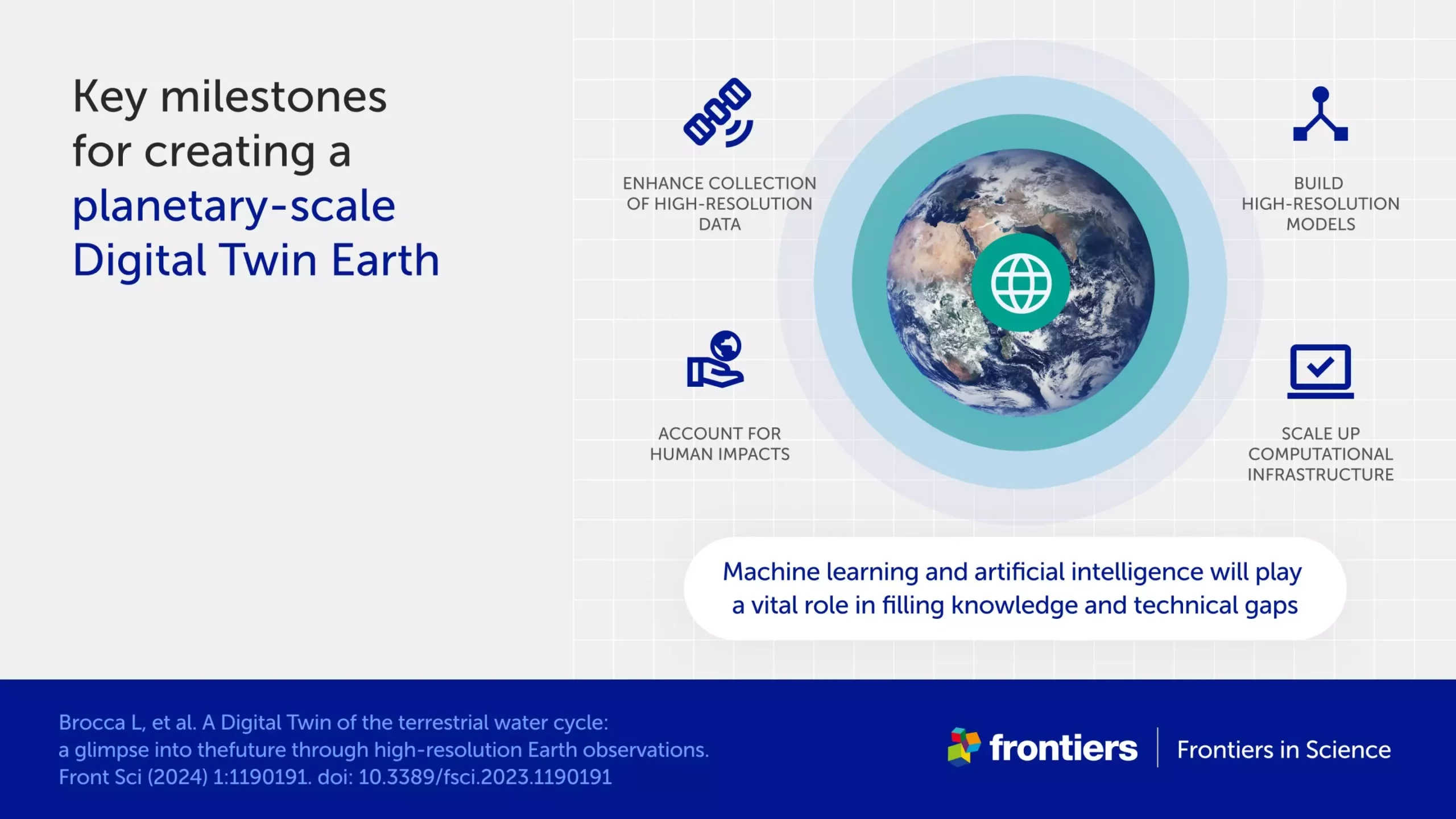Creating accurate models of the Earth’s water cycle is critical for predicting and managing floods and droughts. Dr. Luca Brocca and his team have made significant progress in this area by building highly detailed models known as digital twins. These models are virtual representations of the Earth that are constantly updated with the latest data, allowing for simulations of best and worst-case scenarios.
To create these digital twin models, Brocca and his colleagues utilized an extensive amount of satellite data, including measurements of soil moisture, precipitation, evaporation, river discharge, and snow depth. The availability of high-resolution data that is updated frequently has been instrumental in developing these advanced models. By harnessing this data, the scientists were able to create a more detailed picture of the Earth’s water cycle.
The ultimate goal of these digital twin models is to provide an interactive tool that can be used by non-experts, decision-makers, and citizens to map risks like floods and landslides, as well as manage water resources effectively. By simulating different scenarios, it becomes possible to assess risks and track the development of dangerous conditions before they occur, leading to better disaster resilience and sustainable water management.
While the advancements in modeling the Earth’s water cycle are promising, several challenges remain. These include delays in transferring satellite data to the model, the need for more ground observations to validate the data, and the increasing complexity of algorithms required to handle the vast amount of data. Additionally, uncertainties and errors in the data must be properly characterized to ensure the model’s reliability.
The use of artificial intelligence and machine learning will play a crucial role in overcoming these challenges by enhancing data analysis, improving processing speed, and streamlining data quality assessment. Collaborations between scientists, space agencies, and decision-makers will be essential in advancing the field of modeling the Earth’s water cycle. By working together, these stakeholders can provide invaluable insights for sustainable water management and disaster resilience.
The advancements made in modeling the Earth’s water cycle are significant, but there is still much work to be done. By leveraging high-resolution data, developing sophisticated modeling techniques, and utilizing cutting-edge technology, scientists like Dr. Luca Brocca are paving the way for a more detailed understanding of the Earth’s water cycle. Through continued collaboration and innovation, the future looks promising for sustainable water management and disaster resilience on a global scale.


Leave a Reply